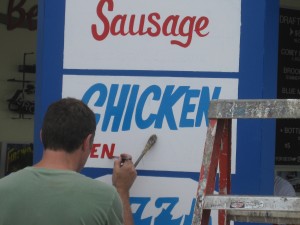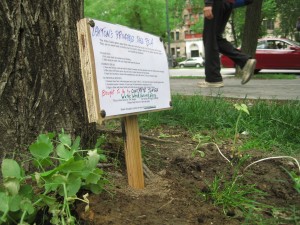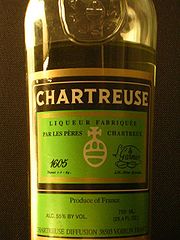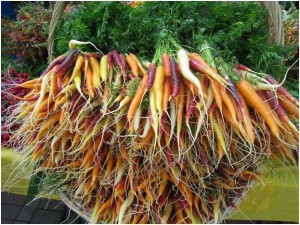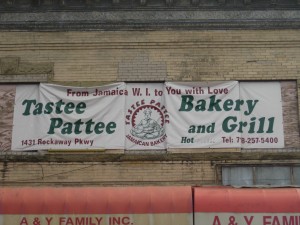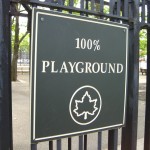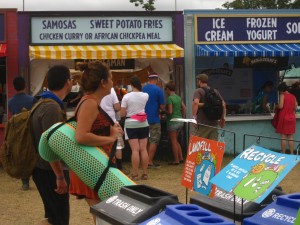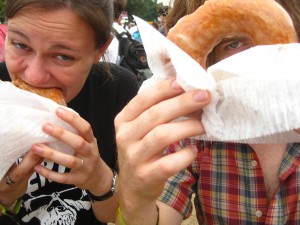Our nation’s love of food runs deep. Thomas Jefferson was a known gourmand who kept notes on French cooking, and is thought to have scribbled down the first American recipe for ice cream. So this Fourth of July, pull out your Sabotiere (that’s the inner canister of an ice cream maker, for those of you not up on your 18th century lingo), and give Tom’s recipe a try. No word on who made the first American ice cream cone, but my money’s on Benjamin Franklin.
6 yolks of eggs
1/2 lb sugar
2 bottles of good cream
Mix the yolks and sugar together. Put the cream on a fire in a casserole, first putting in a stick of Vanilla. When near boiling, take it off and pour it gently into the mixture of eggs and sugar. Stir it well. Put it on the fire again, stirring it thoroughly with a spoon to prevent its sticking to the casserole. When near boiling, take it off and strain it thro’ a towel. Continue reading



